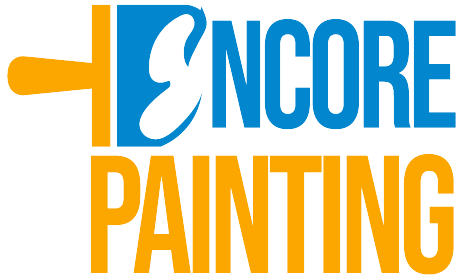How to Tackle Common Painting Challenges
Paint colors differ depending on the light, room size, and layout.
Painting seems simple, but there is more to it than meets the eye. Technique, preparation, problem-solving, and a little skill are required to overcome any painting challenges and do an excellent paint job.
Here are some tips to tackle the common obstacles that get in the way of painting:
Color perception and lighting
Paint colors differ depending on the light, room size, and layout. Warm, cozy lighting combines well with warmer walls, ceilings, or trim colors, although warm light with good color accuracy can also highlight cooler colors. If the lighting is cool and the color accuracy is low, certain warm colors, especially those containing red, won’t evoke the intended feeling.
Also, darker colors might make an already small and cramped room feel too constricted. Meanwhile, muted and bright colors in a sizeable room might make it feel empty. But like any aesthetic matter, a degree of subjectivity affects what color would match what room the best.
Paint types
The main issue when painting is choosing the paint for the job. The most common paint types are water-based and oil-based. The former dry quickly and don’t yellow easily. Therefore, they’re excellent for sunlit rooms but less robust than oil-based paints. The latter are tough and appealing to the eye but have a stronger odor and don’t dry as quickly. If homeowners aren’t sure about which one is better, a professional painter can give valuable advice. Even without hiring them for the paint job, they can still give ideas for the best colors and paint types.
Equipment
One of the biggest struggles DIY room painters face is equipment. Painting is a common DIY job, but using professional-quality equipment isn’t. While technique and skill play the main role in the outcome, equipment matters almost as much. High-quality brushes and rollers keep unappealing brush marks, paint drips, and uneven looks at bay. Equipment might be the main reason to hire a professional painting service.
Experiment with techniques
Please be confident enough to step out of your comfort zone. Experiment with new paints and painting techniques, even if they feel too bold or daring. Painting, even around the home, is an artistic expression and a good place to let the imagination run wild.
Painting problems and their solutions
These are just some of the common challenges DIY painters face during any decorating job. While most of them are easy to solve with high-quality paints, equipment, and enough skill, the most surefire solution to all of them is hiring a professional painting service. The experts have the experience and know-how to overcome any painting challenges easily.
Encore Painting’s team of painting specialists provides residential painting of interiors, exteriors, cabinets, ceilings, and more in McKinney, Texas. We offer drywall services, including installation, water damage repair, texturing, and patching. We provide wallpaper removal, room painting, interior and exterior door and trim painting, and staining. Call us today at (972) 388-3543.

